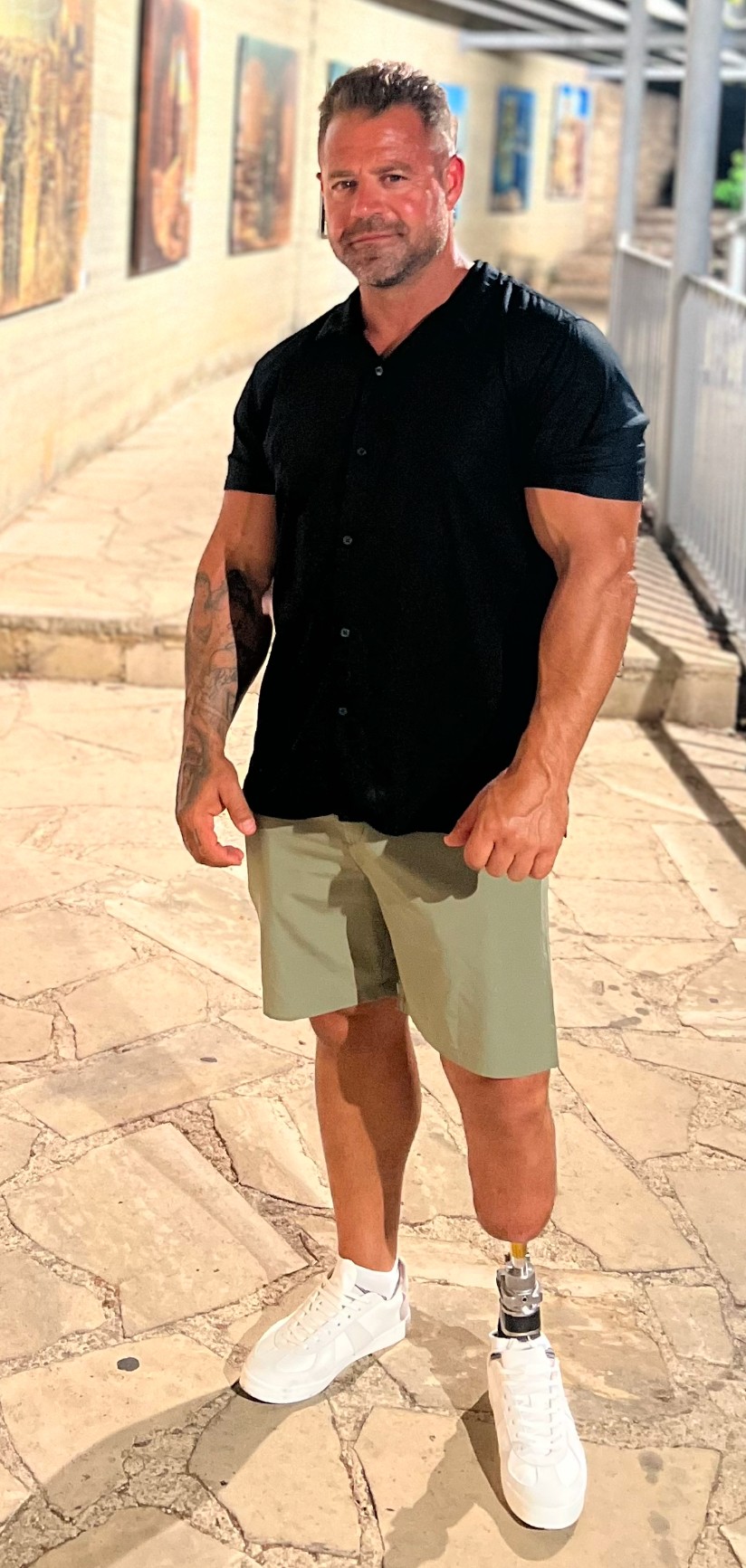The NRSC provides training in the fields of science, technology, engineering and math (STEM) across the Southeast for students who are deaf and hard of hearing. It has national initiatives in cybersecurity, robotics and coding, and is supported through efforts by the Alabama Institute for Deaf and Blind (AIDB) and the National Technical Institute for the Deaf (NTID) at Rochester Institute of Technology (RIT) in New York. The curriculum being developed at UAH is part of that initiative.
“The grant grew out of the CCRE’s GenCyber summer camps for students who are deaf and hard of hearing. We have been hosting cybersecurity camps for students who are deaf and hard of hearing since 2017. Through the camps, we have benefited from a strong partnership with the National Technical Institute for the Deaf Regional STEM Center (NRSC),” says Tania Williams, a CCRE research scientist who is the project’s principal investigator.
“While doing the camps, UAH and the NRSC recognized that cybersecurity is a field where students who are deaf and hard of hearing can find success,” says Williams, who has an educational specialist’s degree in teacher leadership and almost 20 years of seventh through 12th grade teaching experience “In fact, we have a former camp participant now studying cybersecurity here at UAH.”
Once it is developed, the curriculum will be a part of a national NRSC initiative to equip high school students who are deaf and hard of hearing with valuable job skills and help fill the national shortage of cybersecurity professionals.
Currently, other than student clubs, there are few cybersecurity-related curricular choices in high schools and those choices often include text-heavy materials that have been adapted from college texts or from other materials intended for adult learners.
“We are making a cybersecurity curriculum that is fun and exciting. We are creating something that will appeal to teenagers,” Williams says. “It is age-appropriate and built on sound instructional design.” The curriculum will be hands-on and visual, two characteristics that Williams says students who are deaf need. It features an interactive learning suite that teaches the same skills taught in many college courses by using a project based, problem solving approach.
“Students will learn about cryptography, secure software design, system hardening and even risk assessment, and they will be learning it in an engaging way,” she says.
The NRSC will select schools serving the deaf to pilot the curriculum. As the coursework is refined it will be pushed out to other schools. The first course, covering cybersecurity fundamentals, will roll out in August 2020. The next course, focusing on programming and system security, will be piloted the following year.
The first course is also a pilot of the Cybersecurity Curriculum Framework being developed by the Cyber Center for Education and Innovation, which is the home of the National Cryptologic Museum and several nationally recognized cybersecurity education experts.
“Every aspect of the curriculum is being reviewed by cybersecurity professionals and by educators of the deaf,” Williams says. “The curriculum aligns with nationally recognized standards and with Alabama’s Digital Course of Study.”
Also involved in the UAH project are Dr. Tommy Morris, CCRE director and professor of electrical and computer engineering; Steven Forney, a research associate with the CCRE and the UAH Systems Management and Production (SMAP) center who is a deaf engineer and assists with the CCRE’s GenCyber camps; Jesse Hairston, a CCRE research scientist who oversees the GenCyber camps; and Anna Rodgers, a CCRE research aide who is also a UAH Honors College peer advisor.
Once the curriculum is developed, UAH will have a continuing role in promoting the project at conferences and sharing experiences with others involved in cybersecurity and educating the deaf, as well as a role in teacher training and mentoring.
“We want the teachers delivering the course to understand and be passionate about cybersecurity, things that can’t happen without training and mentoring,” Williams says. “We are providing a complete learning package – labs, instructional slides, reading materials, graphic organizers, assessments and lesson plans. The NRSC is investing in equipment to make sure that the curriculum can be taught properly.”
scraped from https://www.newswise.com/articles/uah-center-for-cybersecurity-and-education-developing-high-school-curriculum-for-students-who-are-deaf



